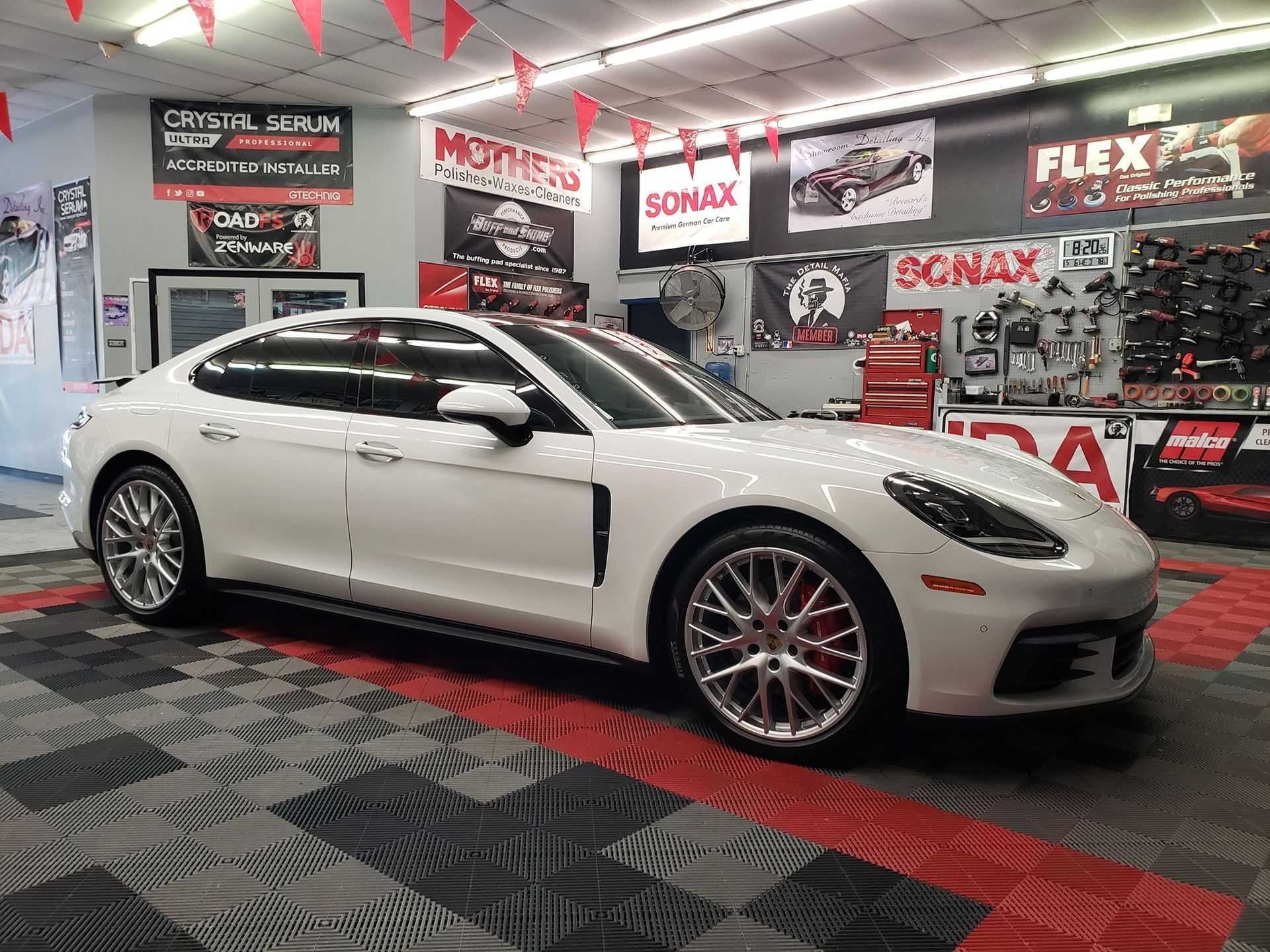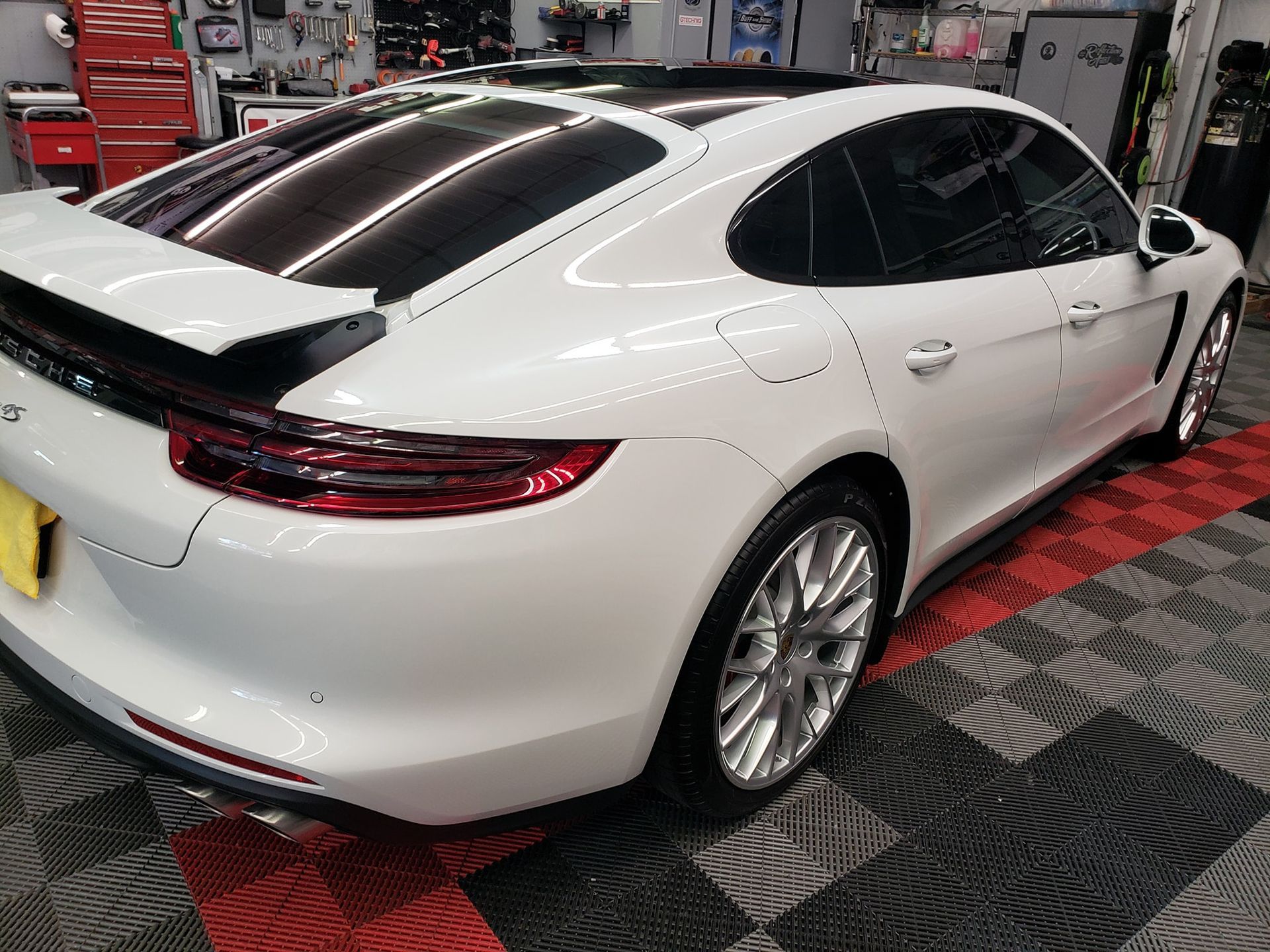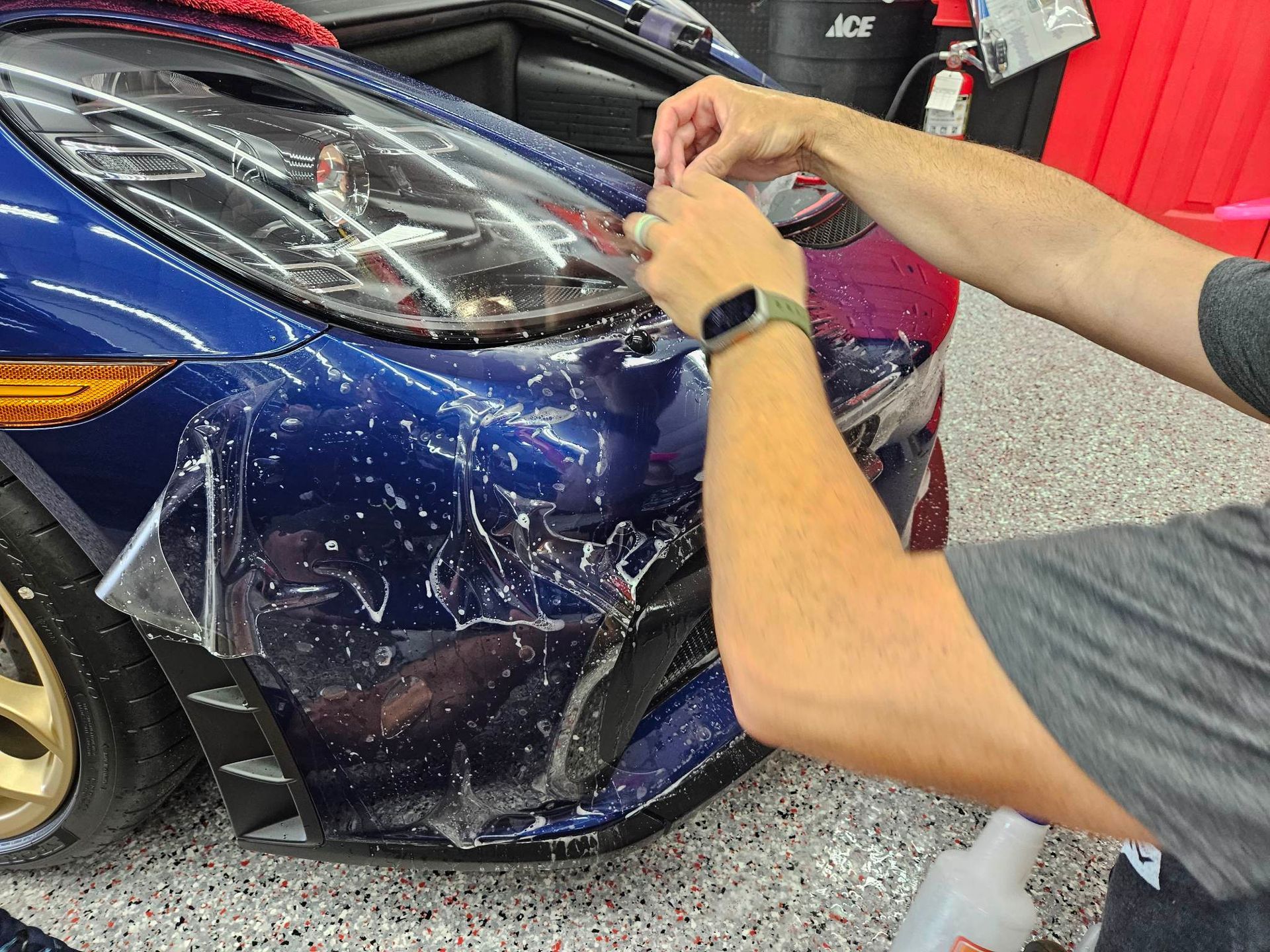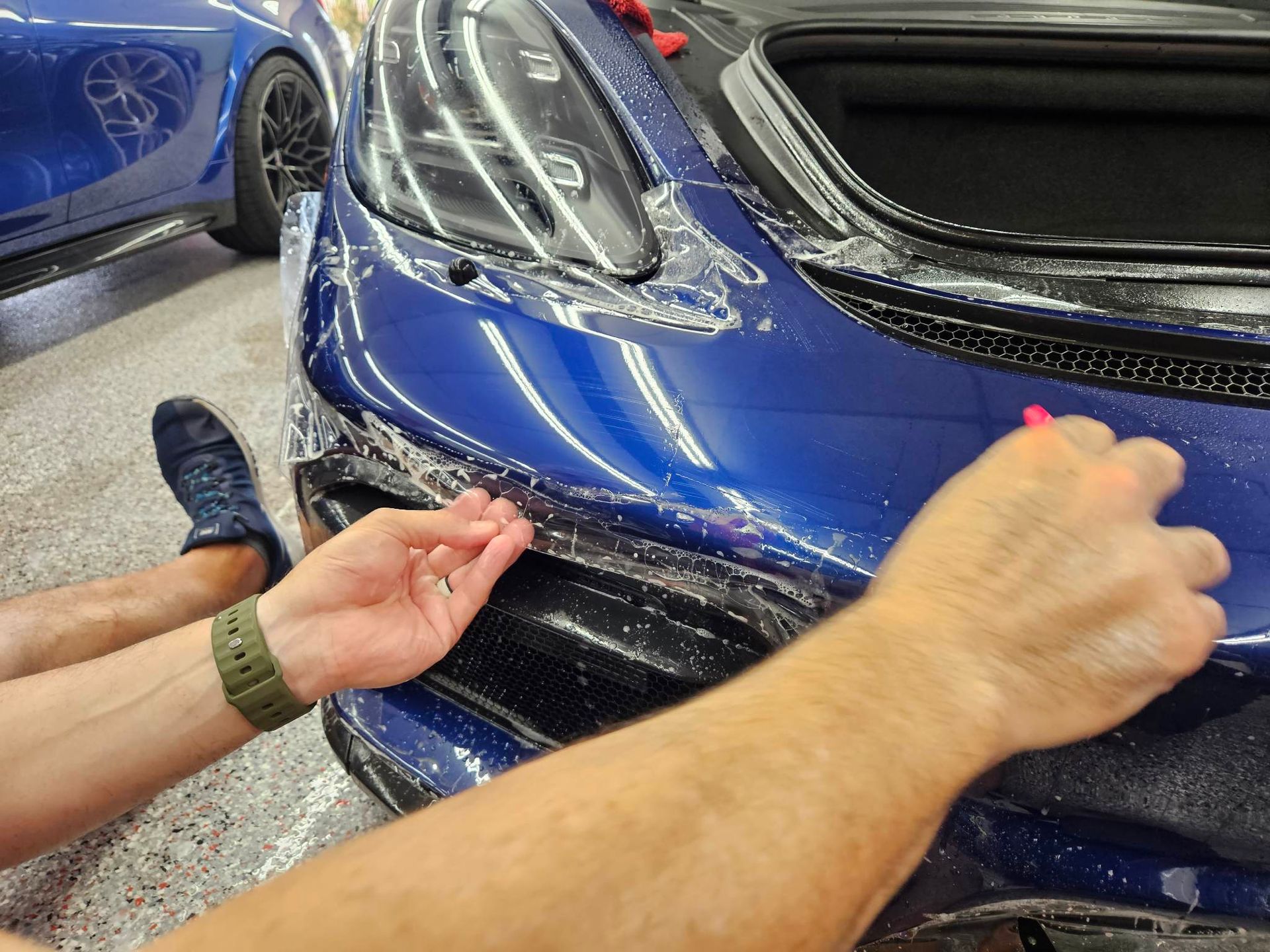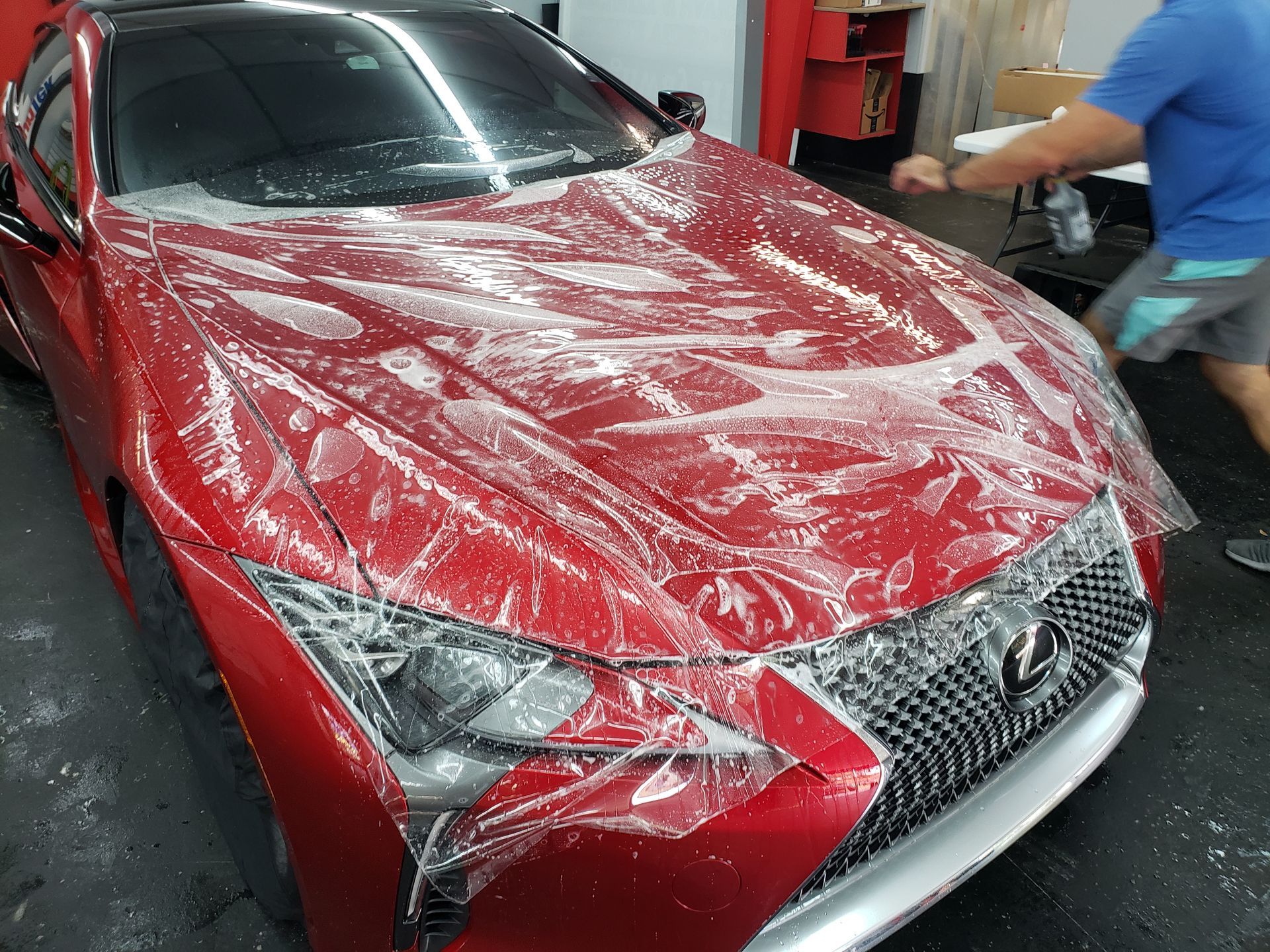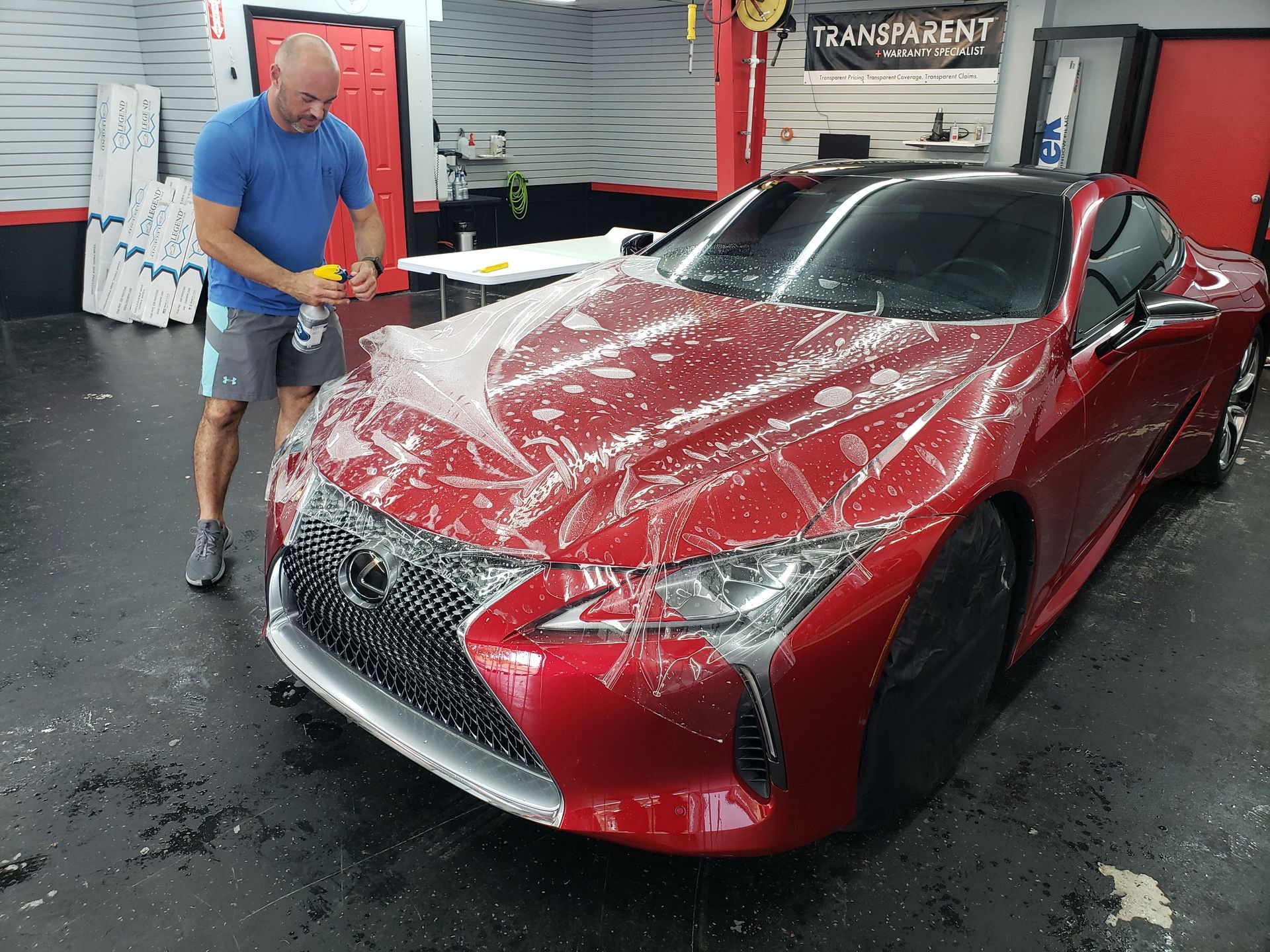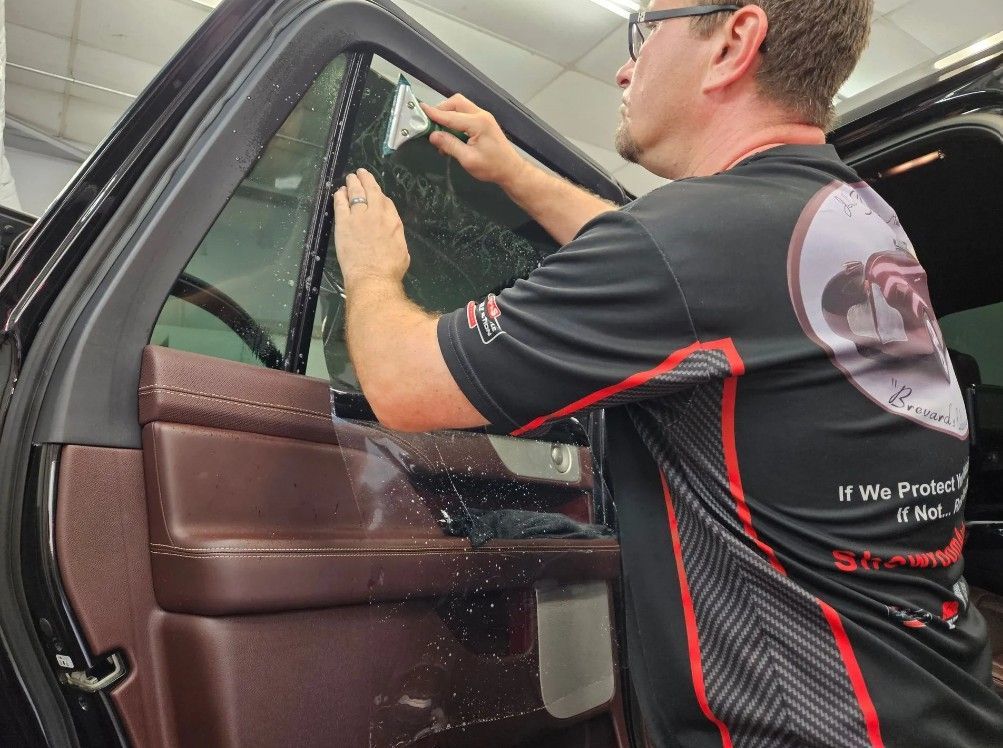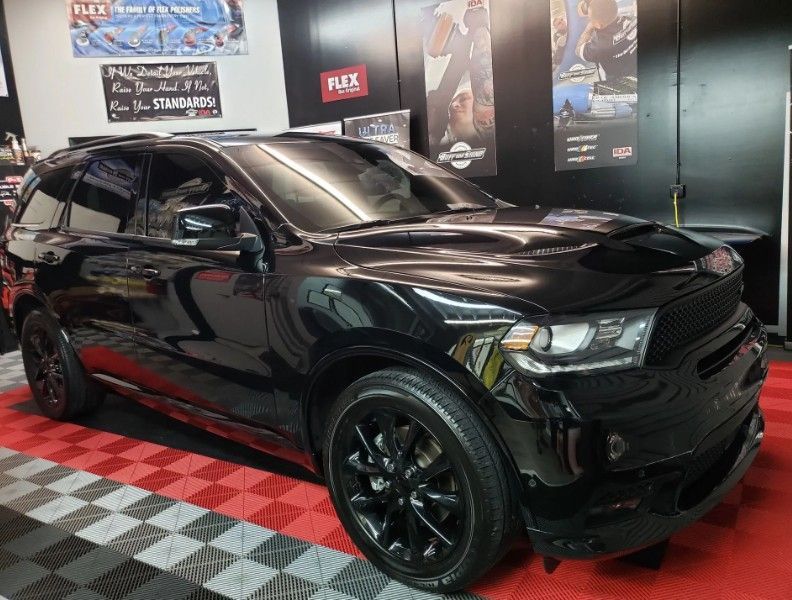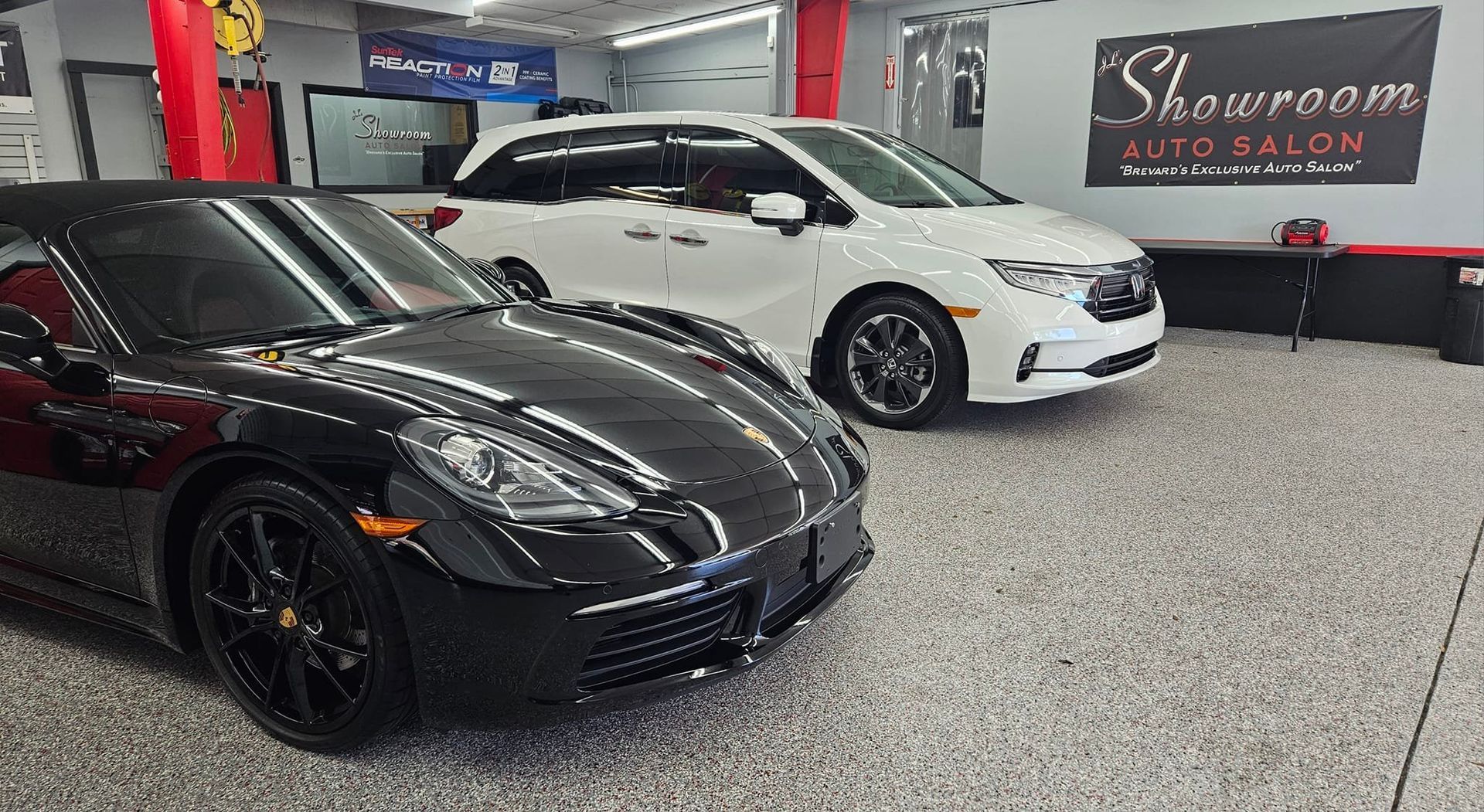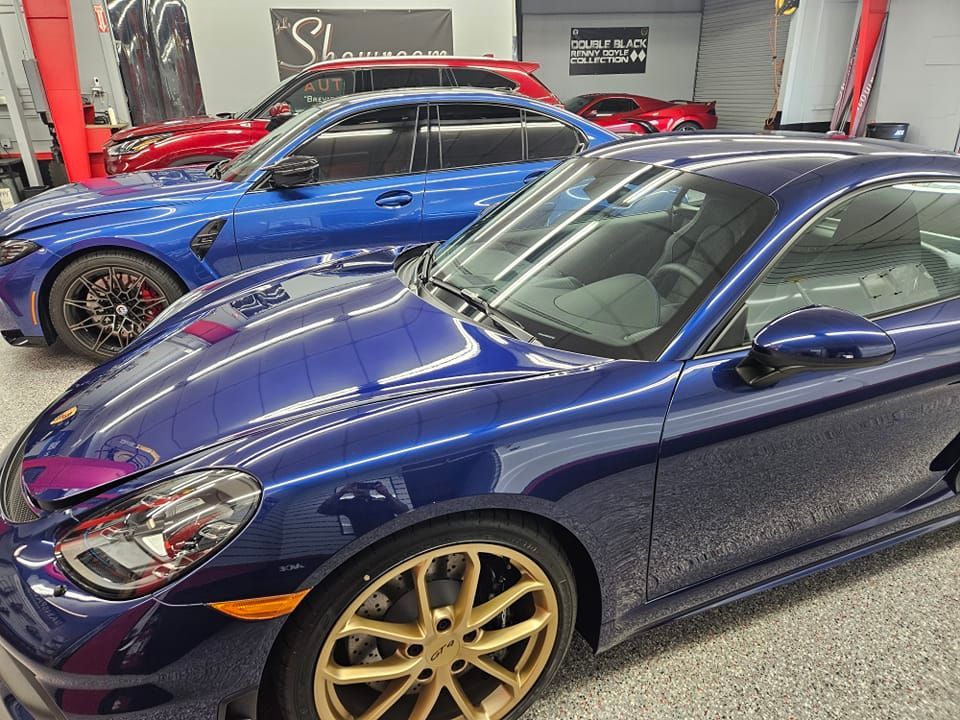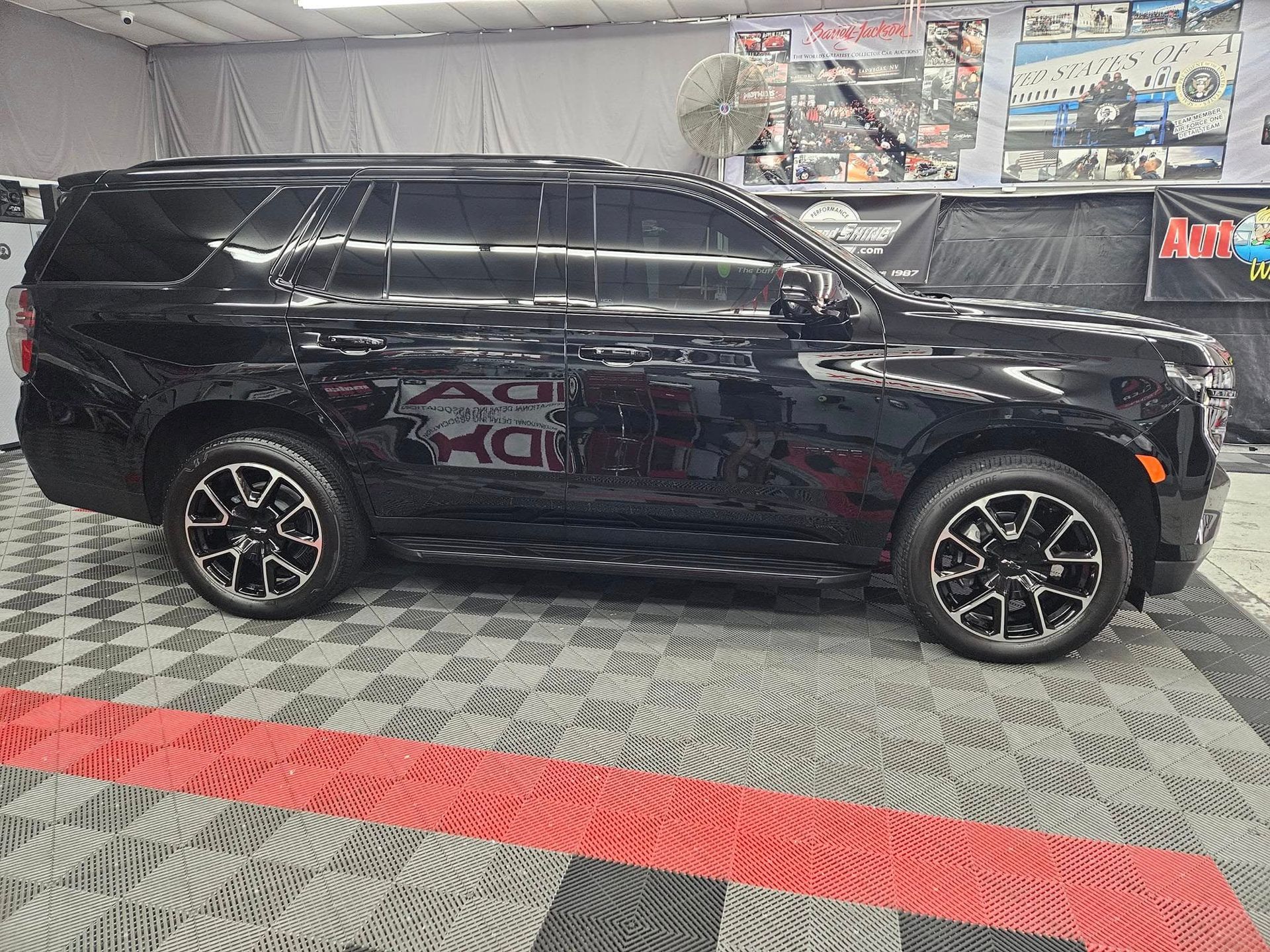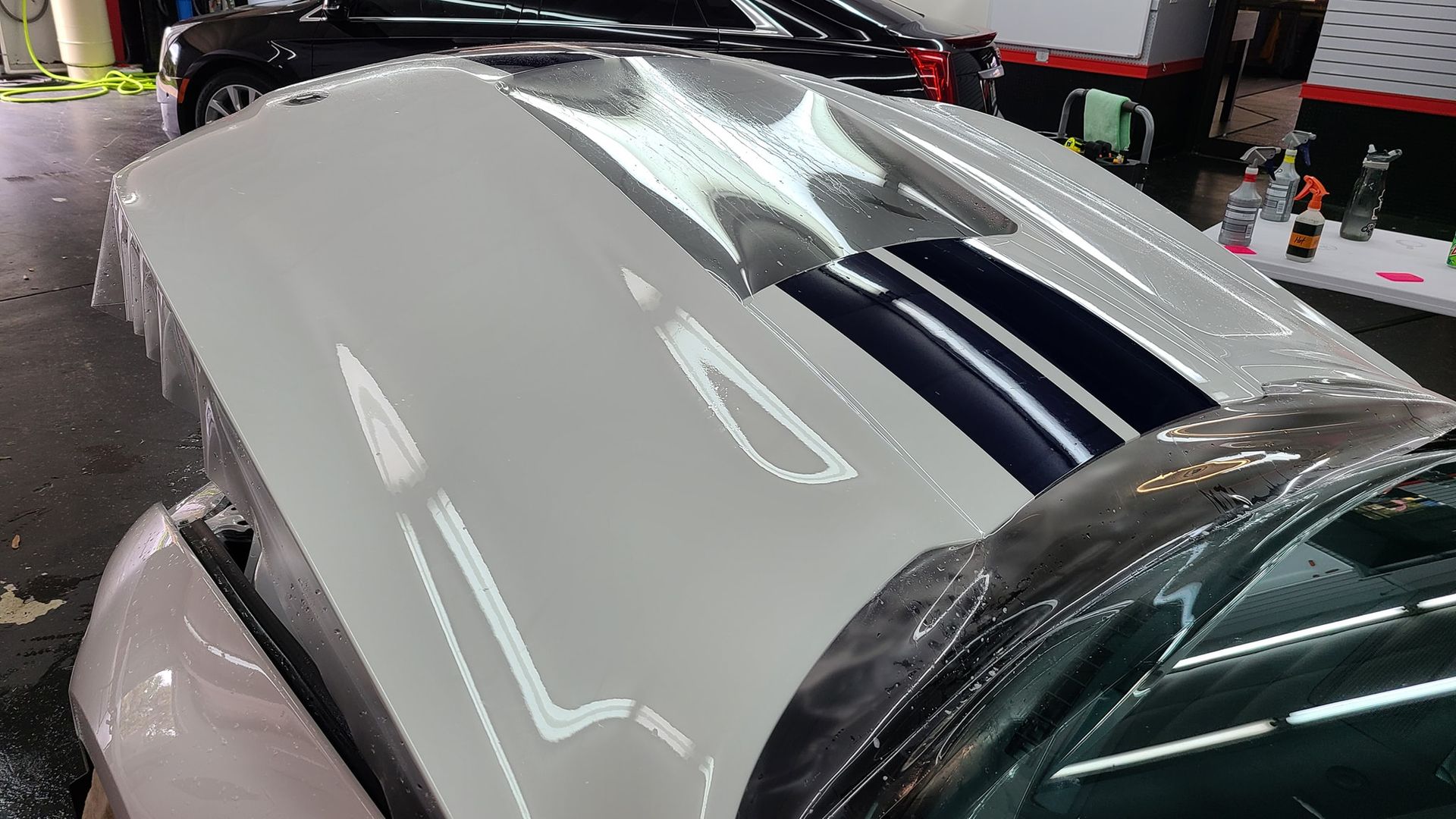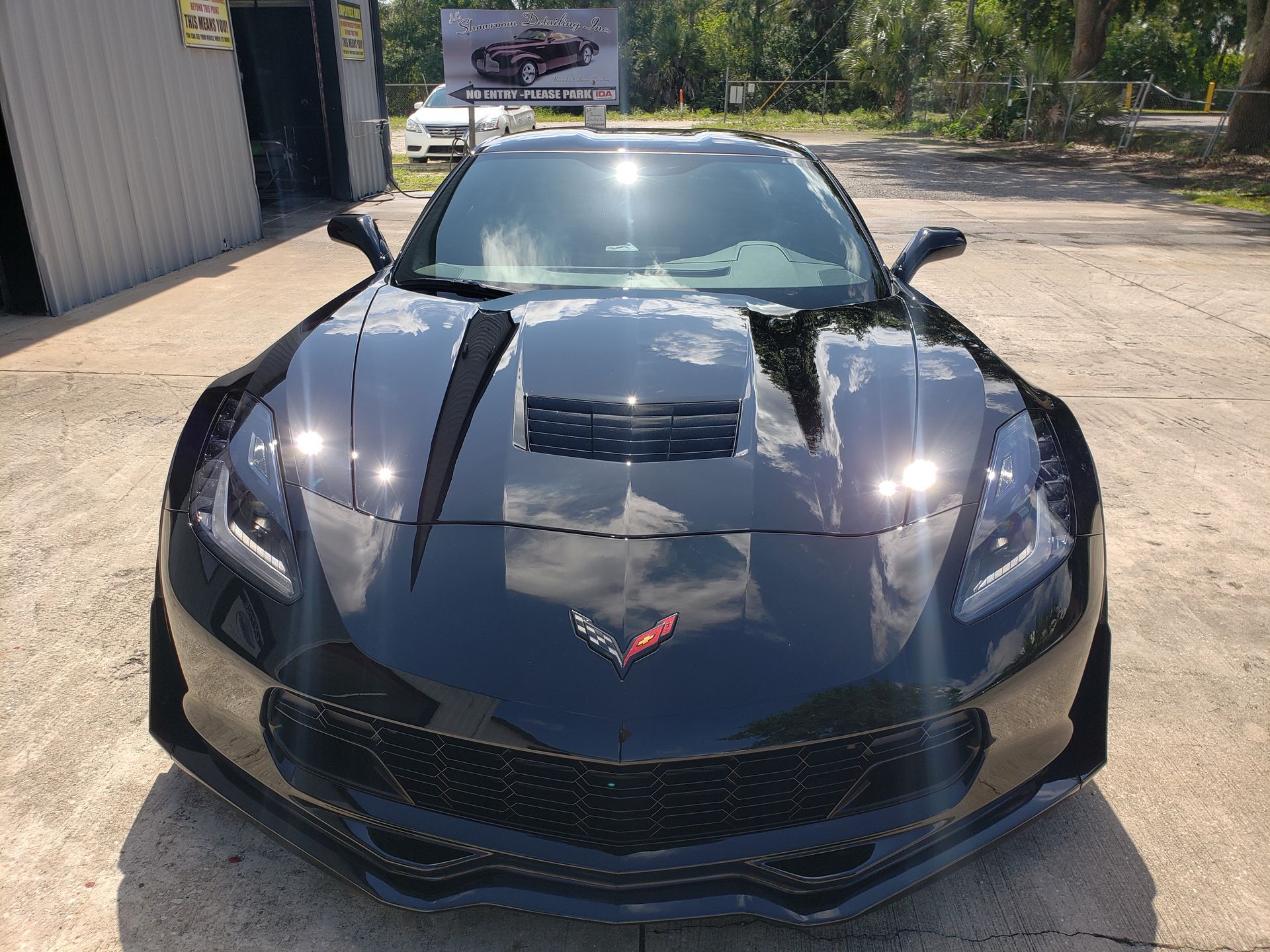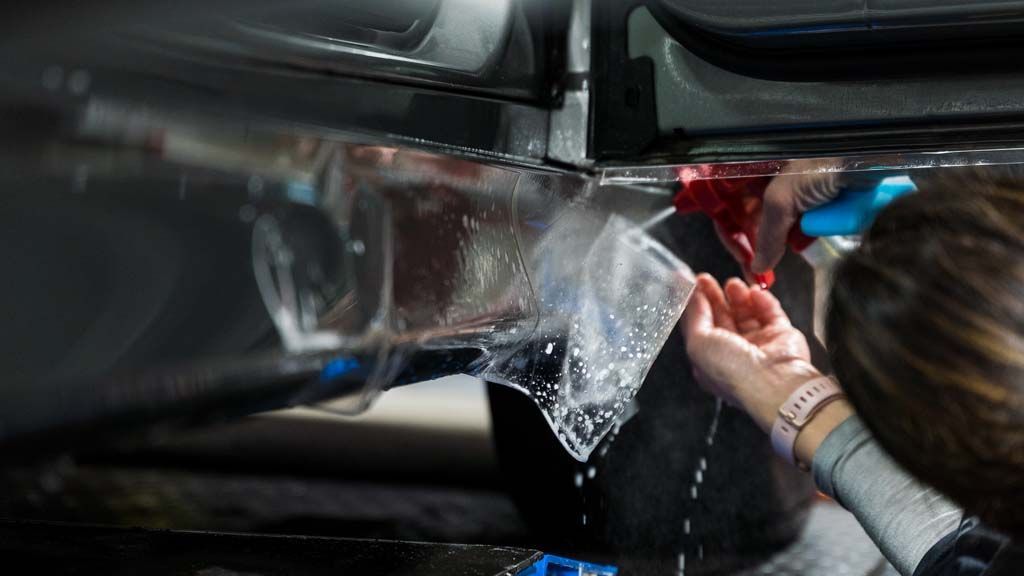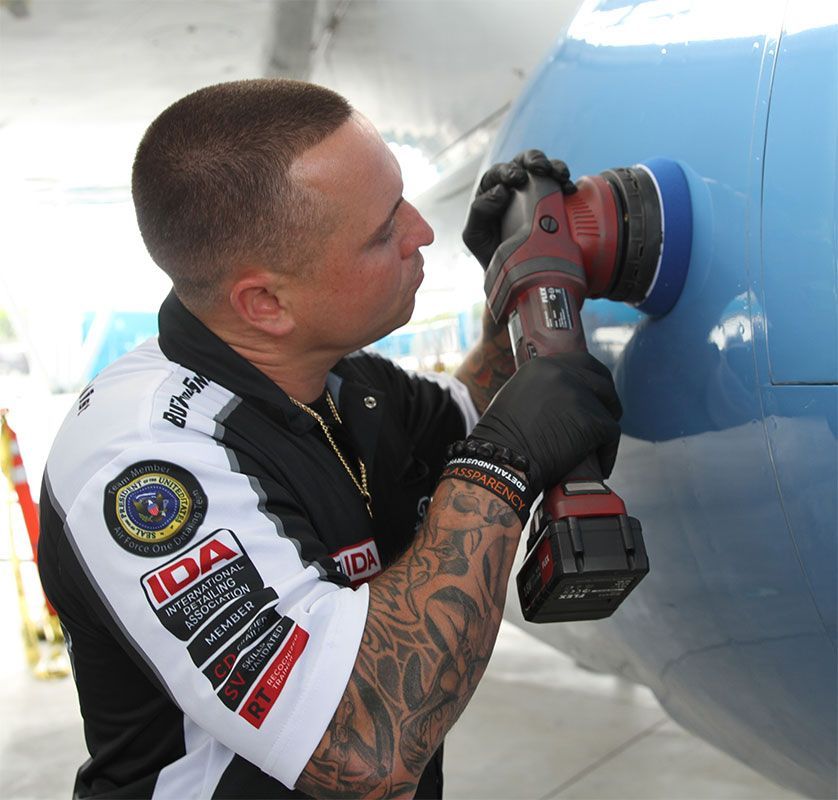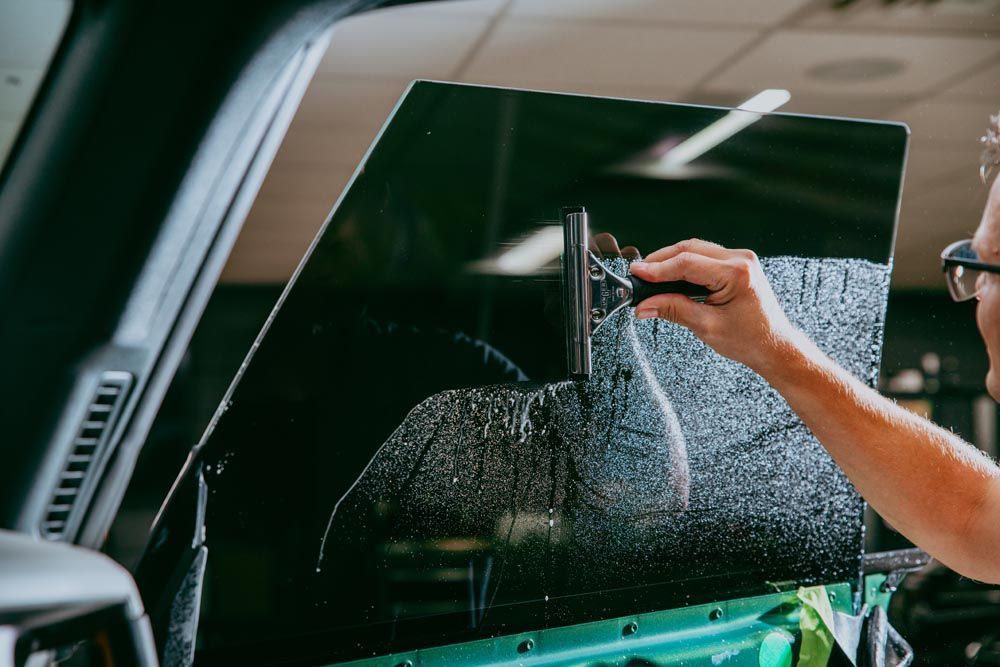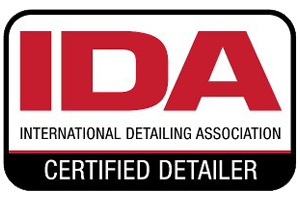Lifespan of PPF: Key Factors That Impact Its Durability
When you think of protecting your car’s paint, what comes to mind? Maybe you imagine a shiny wax finish or a ceramic coating, but there’s another contender worth considering: Paint Protection Film (PPF). This transparent film may look unassuming, but it’s a powerhouse when it comes to safeguarding your vehicle from all sorts of damage. From the relentless sun and minor abrasions to pesky bird droppings, PPF acts like an invisible shield that helps keep your car looking sharp for years. In this article, we'll uncover how PPF works, what impacts its durability, and why making the right choices around it can save you time and money—while keeping that new-car glow intact!
The durability of Paint Protection Film (PPF) is influenced by several key factors, including the quality of the material used, environmental conditions such as UV exposure, and the quality of installation. High-quality films can last up to ten years with proper maintenance, while lower-quality films may only last one to two years.
The Role of PPF in Vehicle Protection
Paint Protection Film primarily acts as a barrier against various forms of damage that your vehicle's exterior may encounter. Whether it's the unrelenting sun, harmful chemicals, or tiny rocks and debris from the road, PPF provides a transparent layer of defense that helps keep your car looking like new. Made from polyurethane, this innovative material is both durable and flexible, allowing it to absorb impacts while maintaining its shape.
Its design enables it to effectively shield against minor abrasions and chemical stains—common nuisances such as bird droppings, tree sap, and acidic substances can wreak havoc on unprotected paint. One of the standout features of PPF is its ability to withstand physical impacts that would otherwise mar your vehicle's surface. When you think about it, everything from small stones kicked up by other cars to dust particles can lead to micro-scratches over time. PPF serves as a cushion for your paint, absorbing these impacts rather than letting them inflict damage. For instance, a 2019 study from Automobile Magazine revealed that vehicles equipped with PPF experienced 50% fewer micro-scratches after one year compared to those without it. This translates not only into aesthetic benefits but also preserves your car’s resale value.
Beyond just physical protection, PPF also plays an essential role in preventing chemical staining and fading caused by exposure to ultraviolet (UV) rays. Think of UV rays as silent enemies; they might not immediately show their impact but can gradually wear down the paint's integrity. By preventing oxidation and discoloration, high-quality PPF offers up to 99% UV protection compared to ceramic coatings which only provide around 80-90%. This means that not only does PPF help in retaining your vehicle's vibrant colors for longer, but it also significantly reduces the risk of permanent damage from sun exposure—an important factor given how much time cars spend parked under the glaring sun.
Furthermore, aside from protecting against UV rays and scratches, some premium brands of PPF have self-healing properties. This means they can magically 'heal' minor scratches within 24 hours when exposed to heat—whether it's from sunlight or hot water during washing. Traditional waxes and ceramic coatings lack this capability and require frequent reapplications to maintain their effectiveness. Thus, investing in a high-quality PPF isn't just about protecting your investment; it's about utilizing cutting-edge technology to ensure long-lasting beauty for your vehicle.
Understanding PPF's protective features seamlessly leads us into a closer examination of what influences its longevity and overall performance in vehicle care.
Key Factors Affecting Durability
Understanding what affects the lifespan of Paint Protection Film (PPF) can empower vehicle owners to make informed decisions. The longevity of these films varies widely based on several critical elements, starting with material quality. Films produced by reputable brands utilize advanced polymers that enhance durability and resist common issues like yellowing and cracking, which can compromise their appearance and effectiveness. Choosing a high-quality PPF is like investing in insurance for your vehicle; you're safeguarding it against the elements and potential damage.
Thickness also plays a crucial role in defining how well the film performs over time. A thicker layer generally offers better protection against dings and abrasions, almost like a protective armor for your vehicle's paint. However, it's essential to balance thickness with aesthetic considerations since excessive thickness may lead to visible edges, detracting from your vehicle's sleek appearance. Remember, while thicker isn't always better, opting for a film that strikes the right balance can offer both peace of mind and visual appeal.
Another vital aspect contributing to PPF durability is the brand reputation. Trusted manufacturers invest heavily in research and development to ensure their products withstand various environmental conditions—such as UV rays, road debris, and extreme temperatures—better than lesser-known brands. When you choose a reputed brand, you're not just buying a product; you're relying on years of experience and learning.
Yet, even top-tier products can fail if they're not installed correctly. This brings us to installation quality, which is perhaps one of the most critical components impacting PPF lifespan. The effectiveness of PPF hinges on its adhesive bond to the car's surface. If installed poorly—whether it's due to air bubbles, misalignment, or inadequate cleaning of the surface—the protective qualities diminish significantly. It’s almost like building a house: it doesn’t matter how solid the bricks are if the foundation is weak.
Finally, while material quality, thickness, brand reputation, and installation quality provide a robust understanding of PPF durability, these factors intersect with various influences. Elements such as rain, sun exposure, salt from winter roads, or pollutants can all contribute to wear and tear over time, illustrating why regular monitoring is key. Checking your PPF periodically for signs of damage or wear can go a long way in extending its life. By taking these aspects into account—material quality, film thickness, brand reputation, installation techniques—it becomes clear how intertwined they are with everyday life and environmental elements affecting performance. Transitioning from here, we will examine how specific circumstances might affect PPF durability further.
Environmental Impacts on PPF
PPF, while durable and designed to shield your vehicle's paint, is not impervious to the elements. It faces a barrage of environmental stressors daily, and how well it stands up against these factors significantly affects its lifespan. From relentless sunlight to harsh pollutants, each element can chip away at the protective armor that PPF provides.
- UV Exposure: One of the primary enemies of PPF is ultraviolet (UV) light. Prolonged exposure to sunlight breaks down the polyurethane that composes the film. As noted in the Journal of Polymer Science, UV radiation disrupts chemical bonds, leading to brittleness and an unsightly yellowing effect over time. This degradation diminishes the film’s aesthetic appeal and compromises its protective qualities. To combat this, applying a high-quality ceramic coating on top of the PPF can enhance UV protection and further prolong its life.
- Climatic Conditions: The climate plays an equally critical role in determining the longevity of PPF. In hotter regions, rapid fluctuations between high heat and cooler temperatures cause the film to expand and contract frequently, which can stress its structural integrity. Conversely, in cold climates, the film may become brittle and more prone to cracking upon impact. Areas with heavy pollution introduce chemicals that can etch into the film over time, resulting in discoloration and compromised protection.
Remember, regular inspections can help you spot early signs of wear or damage before they escalate into bigger issues. Regular maintenance routines—like routine washes that remove dirt and grime—contribute significantly to preserving your PPF's longevity. Keeping that surface clean isn’t just about looks; it’s a proactive measure that helps mitigate some harmful effects of environmental exposure. Each wash may feel like a minor task, but it's essential to ensure that harmful residues don’t sit on the film for extended periods.
Understanding these environmental impacts naturally leads us to acknowledge the significance of installation techniques and their role in ensuring PPF's durability and effectiveness.
Importance of Proper Installation
When it comes to ensuring that your PPF stands the test of time, how it's installed plays a pivotal role. Going for professional installation often makes the difference between a film that lasts a decade and one that barely survives a year. In fact, a survey conducted by Car Care Central showed that customers who opted for professional installation reported an impressive average lifespan of 8 to 10 years, while DIY installations often fell short, averaging only 3 to 5 years. The expertise of a skilled installer can genuinely save you both money and headaches.
Installer's Expertise
Let’s explore what makes a professional installer worth the investment. Skilled installers have undergone specific training and have often worked on countless vehicles with various body styles and finishes. They follow precise methods that ensure no air bubbles or debris get trapped between the film and your car’s paint. Imagine a perfectly calm lake—this is how your vehicle should appear once PPF is applied: smooth, unblemished, and reflective of its pristine condition.
Furthermore, professional installers are adept at handling the complex curves and edges of the vehicle’s body—an aspect that frequently trips up DIYers. A diligent installer meticulously cleans the paint surface before starting, ensuring there's no grime or oils to interfere with adherence. It’s not just about slapping on a piece of plastic; it involves artistry and precision alongside technical skill. Proper installation also includes selecting the right adhesive and tools, contributing to a seamless fit.
Think about it this way: Would you rather gamble with your high-end vehicle by trying to apply PPF yourself using only online tutorials while you might miss critical steps? Or would you prefer to be seated comfortably watching an expert put their craftsmanship on display? The latter gives you peace of mind and enhances your car's appearance while safeguarding your investment. Investing in proficient installation sets the stage for optimal performance and impressive longevity of your PPF. Even with perfect installation, regular upkeep will significantly enhance the life of your protection film.
Maintenance Tips for Longevity
Keeping your PPF in tip-top shape requires a straightforward routine that anyone can follow. One of the first and most impactful actions you can take is regular washing. Use a pH-neutral car shampoo when washing your vehicle, as this helps avoid any chemical damage to the film itself. Washing your car every one to two weeks keeps dirt, grime, and environmental pollutants at bay. Think of it as giving your vehicle a much-needed bath — not only does it look good, but it also breathes fresh life into that protective layer.
Along with regular washing, applying a PPF-specific sealant or wax every three months can significantly enhance the durability of the film. This periodic application adds another layer of protection and makes it easier to clean future dirt build-up. It's almost like putting on sunscreen before hitting the beach; while you still need to reapply, the overall benefit protects your skin from harmful rays.
If you're lucky enough to have garage space, consider keeping your car protected from harsh environmental factors whenever it's not in use. Parking indoors shields it from UV rays and airborne pollutants that could break down the PPF over time. Just like how we would seek shade on a sunny day, our vehicles appreciate that shelter too! Regular inspection is essential in your maintenance routine. Spend a few minutes every month checking for signs of lifting edges or yellowing. Catching these potential issues early can save you from more extensive problems later on. It’s similar to how we might check ourselves for unusual moles; early detection can lead to better outcomes.
Incorporating these simple yet effective tips into your vehicle care regimen allows you to maintain the protective qualities of PPF. As we move forward, understanding how to spot early signs of wear becomes crucial for ensuring long-term protection and visual appeal.
Identifying Signs of Wear
One of the most significant advantages of PPF is its ability to protect your vehicle's surface from scratches, chips, and fading caused by environmental exposure. However, like all protective measures, its effectiveness diminishes over time if not monitored closely. Being vigilant about early warning signs can save you from costly replacements and maintain that showroom shine on your car.
Visual Indicators
Pay attention to the visual aspect of your PPF. Common indicators that the film may be deteriorating include yellowing or browning, typically resulting from UV degradation. This discoloration is not just unsightly; it compromises the film's transparency, diminishing its protective qualities. Another crucial visual sign to look for is bubbling. This condition often points to adhesive failure, where air has invaded between the film and your vehicle's surface. A user on an automotive forum remarked on finding bubbles after five years of application; this was likely due to improper installation techniques rather than a fault with the product itself. After recognizing this issue, they opted for a professional touch-up, significantly extending the PPF's lifespan.
Physical Wear
Moving beyond aesthetics, physical wear plays a crucial role in identifying wear and tear on your PPF. Keep an eye out for any edges that begin to peel back or corners that lift away from the bodywork. These are clear indicators that the film’s adhesive has started to degrade. If these issues are neglected, they can trap dirt and moisture beneath the film, exacerbating deterioration—leading to more significant problems down the line. Just like how a small crack in a window can quickly spread if left unchecked, the same holds true for PPF.
By monitoring these visual and physical signs of wear, you will not only extend the lifespan of your PPF but also ensure that it effectively protects your vehicle from potential harm. Regular checks can offer peace of mind, ultimately making your investment in paint protection more worthwhile. In summary, staying alert to signs of deterioration empowers you as a vehicle owner to maintain your investment and uphold its value over time.
Unmatched Protection for Your Ride with Paint Protection Film
Preserve your vehicle’s flawless finish with JL’s Showroom Auto Salon’s premium paint protection film services in Melbourne, FL. Our expertly applied PPF shields your car from scratches, rock chips, and environmental damage, while maintaining its original appearance. Whether you're protecting a luxury car or a daily driver, our precision installation ensures a perfect fit and long-lasting durability. Trust our team to safeguard your vehicle with cutting-edge technology and expert craftsmanship—schedule your appointment today and keep
